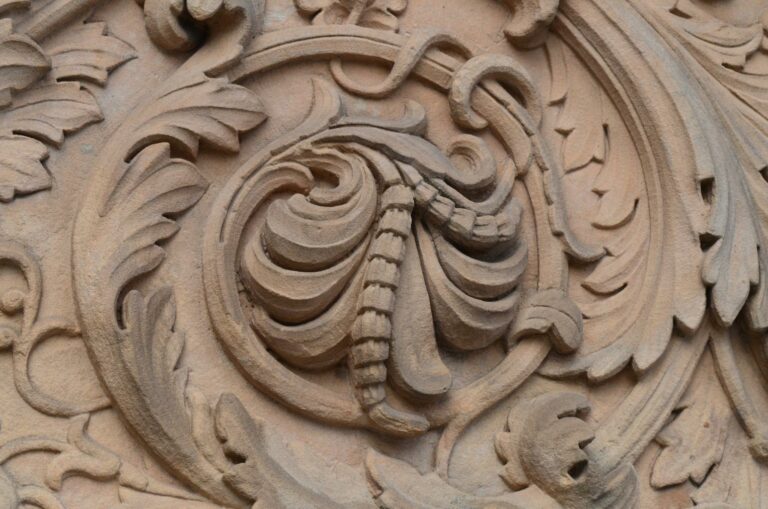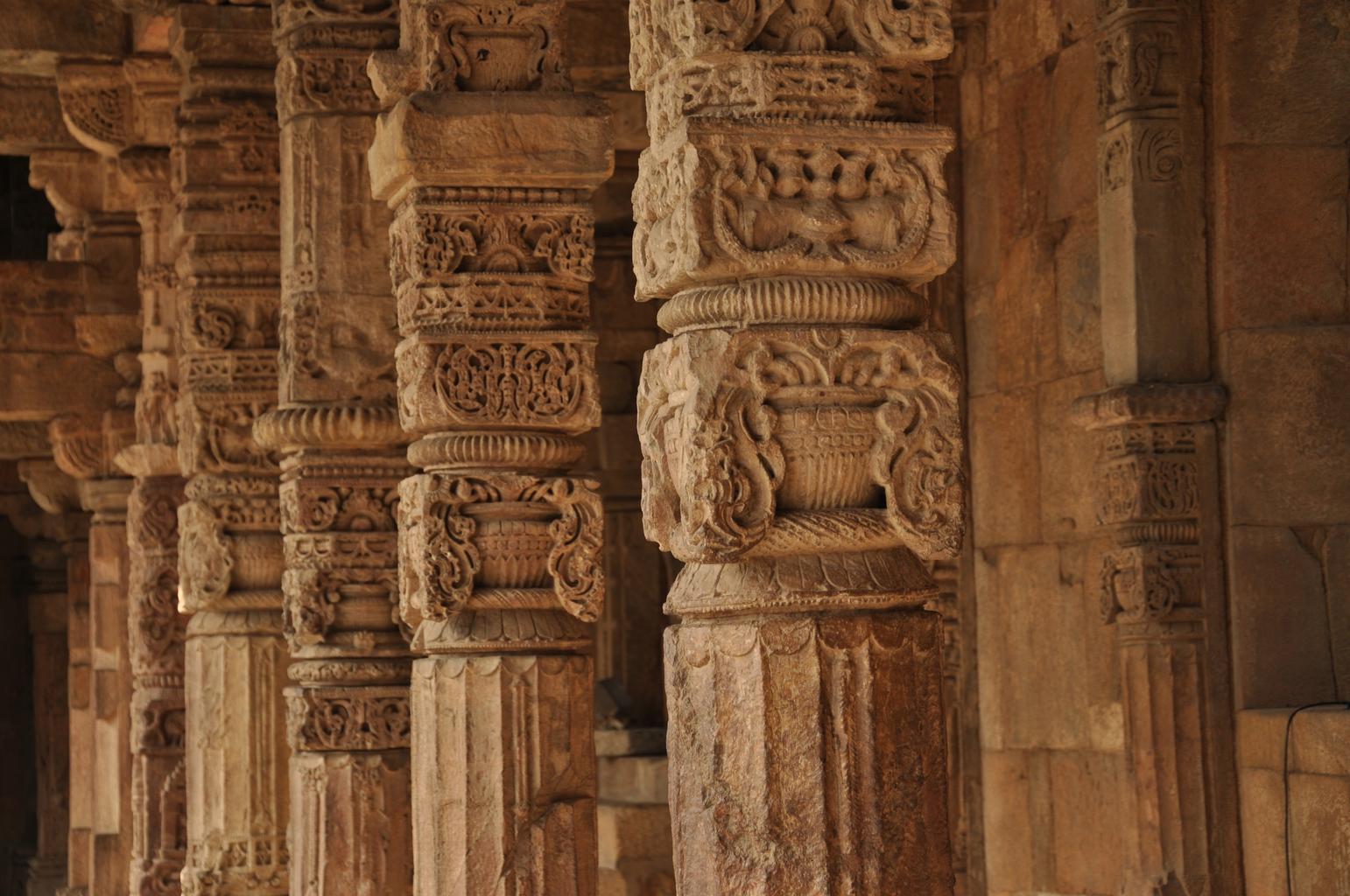Meaning and Attributes
Dagon, a name steeped in ancient mythology and religious practices, carries a weight of meaning that resonates through history. Its origins lie shrouded in pre-Israelite Canaanite religion, where it represented a major deity associated with fertility and the sea.
The precise etymology of Dagon remains debated among scholars. Some theories posit connections to the Akkadian word “dagu,” meaning “fish” or “wheat,” reflecting Dagon’s potential associations with both marine life and agricultural prosperity. Others suggest links to the Phoenician goddess Tanit, known for her connection to fertility and childbearing.
Depictions of Dagon are sparse and often fragmented, primarily found in archaeological remnants and biblical accounts. He is frequently described as a monstrous figure, combining human-like attributes with fish characteristics. This hybrid form likely symbolized the power and unpredictability of the sea, reflecting its dual nature as both provider and destroyer.
Symbolism surrounding Dagon is rich and complex. His association with fertility extended to his role as a protector of crops and livestock. The fish motif, common in ancient Mesopotamian art, often symbolized abundance and renewal, further reinforcing Dagon’s connection to life-giving forces.
However, Dagon also embodied the dangers of the sea, representing the destructive power of storms and floods. This duality made him both a revered deity and a source of fear for ancient civilizations.
In the Hebrew Bible, Dagon is portrayed as an adversary to Yahweh, the God of Israel. His presence in Philistine temples and his worship by certain groups within Israelite society challenged the monotheistic faith of the Israelites. The story of Samson, who brings down the temple of Dagon in Gaza, exemplifies this conflict and the triumph of Yahweh over pagan deities.
The legacy of Dagon extends beyond ancient history, influencing later literary works and popular culture. His name has become synonymous with powerful yet menacing deities, embodying both the awe-inspiring and terrifying aspects of nature.
Dagon, a prominent deity in ancient Philistine religion, holds a complex significance interwoven with symbolism, mythology, and cultural practices.
Meaning and Attributes:
The etymology of “Dagon” is debated among scholars. Some suggest it derives from the Canaanite words for “fish” or “grain,” reflecting his association with both seafaring and agricultural prosperity.
Other interpretations link it to Mesopotamian deities, particularly Ea (Enki), a god of water, wisdom, and creation.
Dagon was often depicted as a merman, a hybrid figure with the upper body of a man and the lower body of a fish. This dual nature embodied his connection to both terrestrial and aquatic realms.
As a god of fertility and abundance, Dagon was revered for ensuring bountiful harvests, successful fishing expeditions, and overall prosperity for the Philistine people.
Association with Sea and Fertility:
- Seafaring Prowess: Dagon’s fish-like attributes symbolized the Philistines’ mastery of maritime navigation and their dependence on the sea for sustenance and trade.
- Fertility Symbolism: The image of the merman, with its combination of human and animal features, represented the cyclical nature of life, death, and rebirth, central to agricultural fertility and prosperity.
The Philistines believed that Dagon’s blessings were essential for ensuring fertile land and bountiful harvests. They offered sacrifices to him during planting and harvesting seasons, seeking his favor for a prosperous year.
Origins and Ancient Context
Dagon is a deity mentioned primarily in the Hebrew Bible, most notably associated with Philistine religion. His origins and precise nature are shrouded in some mystery due to limited archaeological evidence and interpretations varying across scholarly circles.
Several theories attempt to explain his name and possible meanings:
- “Dagon” might derive from a Proto-Semitic root meaning “to fish” or “corn.” This could link him to fertility, harvest, and the bounty of the sea.
- Some scholars suggest connections to Mesopotamian deities like Oannes (a water god) or Enki (god of wisdom and water), though these links are debated.
In the Bible, Dagon is described as a prominent Philistine god, often depicted with the head of a fish and the body of a man. His worship was widespread in Philistine cities like Gaza, Ashkelon, Gath, and Ekron.
Here are some key biblical mentions of Dagon:
- 1 Samuel 5:1-5 recounts how the Israelites captured the Ark of the Covenant from the Philistines. They placed the Ark in the temple of Dagon at Dagon.
- In the story, Dagon is described as falling to his face before the ark, symbolizing the power of the Israelite God over pagan deities. This incident highlights the conflict between monotheism and polytheism.
Dagon’s image in the Bible often serves as a representation of idolatry and false gods, contrasting with Yahweh, the one true God of Israel.
The exact nature and practices associated with Dagon worship remain largely unknown.
However, his prominence in Philistine culture and his presence in biblical narratives offer valuable insights into the religious landscape of ancient Canaan during this period.
Dagon is a deity prominent in ancient Mesopotamia and later adopted into the Canaanite pantheon. Its origins are deeply rooted in the Sumerian civilization, where it was initially worshipped as a god of fish and fertility.
In Sumerian mythology, Dagon was associated with the planet Mars, signifying its warlike aspects. The name “Dagon” itself is believed to be derived from the Sumerian words “da-ag,” meaning “fish” or “great fish,” reflecting his association with aquatic life and abundance.
During the Akkadian Empire, Dagon’s prominence expanded, spreading across Mesopotamia. Its worship continued in the Babylonian and Assyrian periods, although its role and significance may have evolved.
Interestingly, Dagon’s influence extended beyond Mesopotamia, reaching Canaan through trade and cultural exchange. In the Canaanite pantheon, Dagon became a prominent deity associated with both fertility and war. This duality is reflected in archaeological evidence, such as temple depictions of Dagon wielding weapons alongside symbols of fertility.
The Philistine people, who inhabited the coastal regions of ancient Israel, adopted Dagon into their own religious beliefs. They venerated him as their chief god, recognizing his power over both seafaring and agriculture. This veneration is evident in their cities, where temples dedicated to Dagon were prominent landmarks.
The biblical narrative presents Dagon as a rival deity to the Israelite God, Yahweh. The story of Samson, for example, features a confrontation between Samson and Dagon, highlighting the tension between these two powerful forces. This conflict symbolizes the larger struggle between polytheistic beliefs and monotheism.
Historical Presence and Legacy
Dagon, a name steeped in ancient lore and cultural echoes, holds a complex and fascinating history. Its meaning and origins are intertwined with diverse religious traditions, stretching back to the Bronze Age civilizations of the ancient Near East.
In its earliest attested forms, Dagon appears within the Canaanite pantheon as a god of fertility, fishing, and agriculture. Canaanites, who inhabited the Levant region in modern-day Syria, Lebanon, Israel, and Palestine, worshipped him prominently alongside other deities like Baal and El.
The name “Dagon” itself is thought to derive from a Semitic root meaning “fish,” likely referencing his association with marine life and the bountiful harvest of the sea. Iconographically, Dagon was often depicted as a composite figure, embodying both human and fish-like attributes. His image frequently featured a human torso adorned with elaborate garments, crowned with horns or a crown, while his lower body transitioned into that of a fish.
Dagon’s worship spread throughout the ancient Near East, influencing neighboring cultures like the Philistines. In their mythology, Dagon became their chief deity, representing power, strength, and fertility. The Philistines, a Sea Peoples group who settled in coastal Canaan during the late Bronze Age, built numerous temples dedicated to Dagon in major cities like Gaza.
The arrival of Israelites on the scene significantly impacted Dagon’s legacy. The Old Testament portrays him as a pagan god associated with idolatry and false worship. The story of Samson, a prominent Israelite judge, famously relates his encounter with a Philistine temple dedicated to Dagon, where he brought down the pillars in a display of divine power.
Beyond its religious context, Dagon’s name has resonated through literary and cultural traditions. In modern fantasy and fiction, it often appears as a symbol of ancient evils or demonic entities, drawing on its historical association with paganism and powerful deities.
Despite the fading of his direct worship, Dagon remains a potent symbol within the tapestry of world history. He embodies the interconnectedness of ancient cultures, the enduring power of myth, and the complexities of religious beliefs that have shaped civilizations for millennia.
Dagon, a formidable deity in ancient Near Eastern mythology, has transcended his historical confines to make an indelible mark on modern popular culture. His legacy, woven with threads of fear, power, and cosmic horror, continues to captivate audiences across various media.
The origins of Dagon can be traced back to the Philistine civilization, a maritime people who inhabited the Levant during the Iron Age. As their primary deity, Dagon was venerated as a god of fertility, agriculture, and the sea. His depiction often portrayed him as a hybrid creature, possessing both human and fish-like characteristics—a potent symbol of the ocean’s untamed power.
Dagon’s historical presence, while largely confined to archaeological findings and biblical accounts, laid the groundwork for his enduring cultural impact. His association with ancient civilizations, particularly the Philistines who clashed with the Israelites, imbued him with a sense of mystery and otherworldliness.
The Bible, in its narratives about the Israelite conquest of Canaan, presents Dagon as an adversary to Yahweh, the God of Israel. This portrayal further solidified Dagon’s image as a formidable entity, representing paganism and the forces opposing the Israelites’ faith.
It was, however, H.P. Lovecraft, the master of cosmic horror, who truly propelled Dagon into modern consciousness. In his 1923 short story “The Shadow Over Innsmouth,” Lovecraft reimagined Dagon as an ancient, tentacled sea god, a monstrous entity dwelling in the depths of the ocean and worshipped by a secluded, degenerate sect. This dark, otherworldly interpretation resonated deeply with readers, cementing Dagon’s place as a cornerstone of Lovecraftian mythology.
Lovecraft’s influence has reverberated through subsequent generations of writers, filmmakers, and game developers. Dagon appears in numerous works of horror fiction, fantasy, and science fiction, often serving as a symbol of primordial fear, cosmic indifference, and the vastness of the unknown.
Beyond literature, Dagon’s iconography has infiltrated popular culture. His image, frequently depicted as a monstrous fish-man hybrid, adorns merchandise, video games, and even tattoos. His name evokes chills and fascination, representing both the allure and the terror of the deep sea.
Dagon’s enduring presence in modern popular culture speaks to the power of mythology to transcend time and resonate with our deepest fears and fascinations. From his origins as a Philistine deity to his evolution into a cosmic horror icon, Dagon has become a symbol of the unknown, reminding us of the vastness and mystery that lie beyond our understanding.
- Best Datanyze Alternatives for 2025 - April 26, 2025
- Best Coldlytics Alternatives for 2025 - April 25, 2025
- Best Brevo Alternatives for 2025 - April 25, 2025


